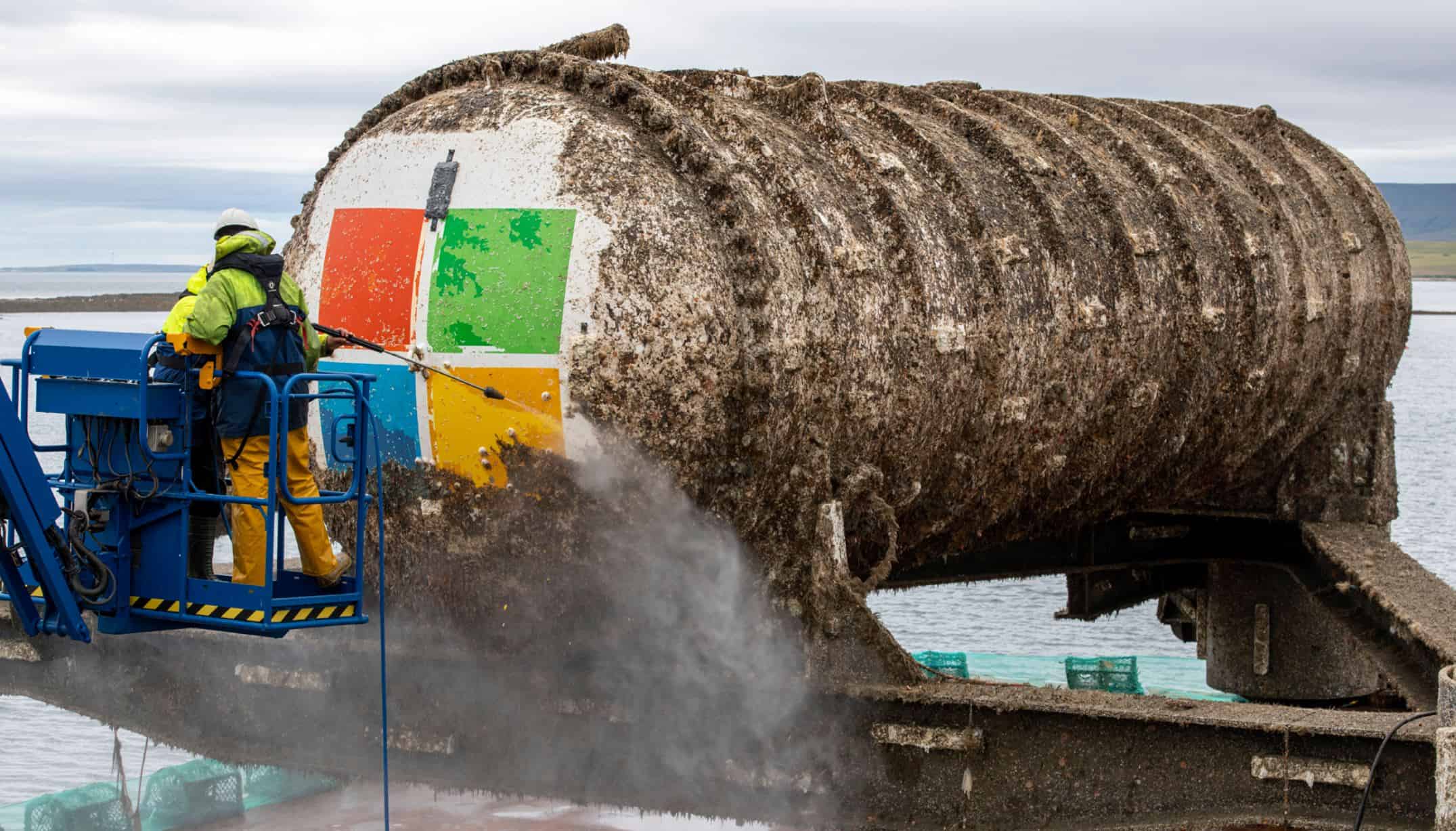Microsoft’s underwater datacenter research project is a success
by PradeepBack in 2016, Microsoft first revealed its research project ‘Project Natick’ which explored the possibility of running a datacenter under water. In 2018, Microsoft announced that its moonshot research effort had reached the second phase. In the 2nd phase, Microsoft was researching whether the concept is logistically, environmentally, and economically practical. Today, Microsoft announced the latest results of Project Natick. Find the summary of their findings below.
- With the retrieval and analysis, we’ve confirmed that not only could we successfully deploy, operate, and scale an undersea datacenter in under 90 days, but also that this is a more sustainable approach that actually improves the performance and reliability of the datacenter when compared to land (8x more reliable than land datacenters).
- The team believes the increased efficiency is in part due to the atmosphere of nitrogen, which is less corrosive than oxygen, and the absence of people to bump and jostle components. This research could enable more energy efficient, reliable data centers to be deployed even in places where it isn’t safe or feasible for people to be.

“Early conversations about the potential future of Project Natick centered on how to scale up underwater datacenters to power the full suite of Microsoft Azure cloud services, which may require linking together a dozen or more vessels the size of the Northern Isles,” Microsoft wrote in a blog post. You can find more details about Project Natick in the source link below.
Source: Microsoft